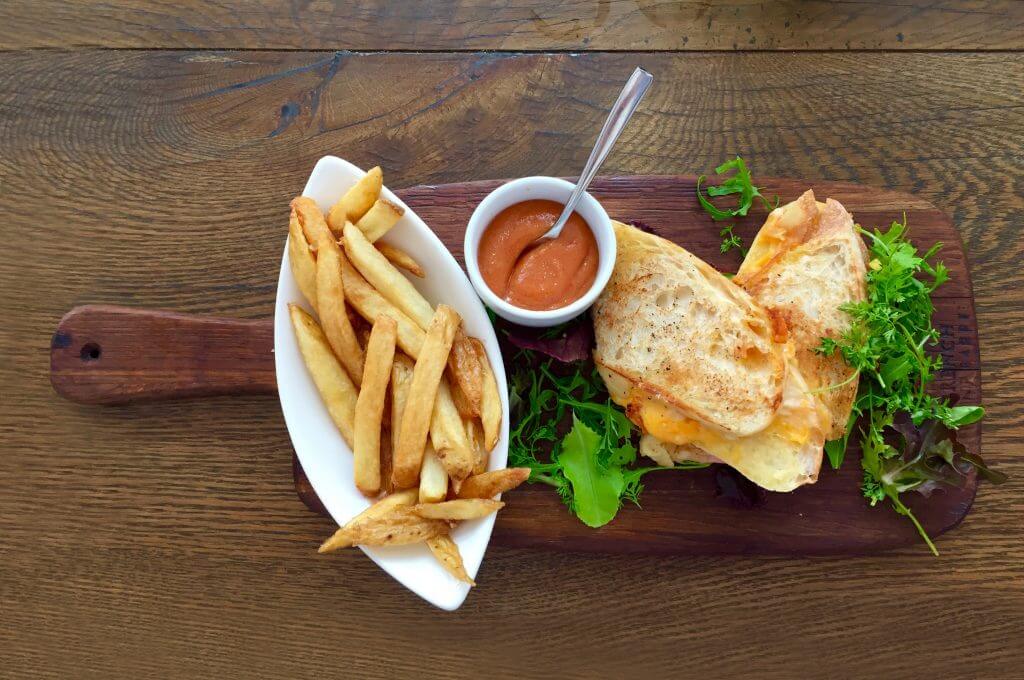I know my COGS numbers, now what?
The restaurant industry has historically managed their teams to the Actual COGS numbers. The age old equation:
Beginning Inventory + Purchases – Ending Inventory = Usage.
Usage/Sales = COGS
The most successful operators understand this is only part of the equation – by understanding the theoretical cost or “perfect performance” and how far away the team is from achieving their goals, using a Theoretical vs. Actual (or TvA) style report.
The even savvier operators use systems to ensure that this information drives action for the team to really start managing and tackling these discrepancies.
Example: If I’m managing my highest expenditure by only COGS, so many things can affect that.
- The price of the items on the menu vs commodity cost.
- When I designed the menu item, the COGS was 17%, now it’s 27%. Do I raise prices? Or do I find a more cost-effective alternative to the ingredients to bring price back down?
- Managers are not typically in charge of making these decisions, should they and their bonuses be held hostage to this?
- The menu mix, or what guests are ordering.
- We can suggestively sell. We can menu engineer to guide guests to the higher ROI items or lower food COGS items, but ultimately cannot “control” what they order.
- If I’m managing only by COGS, my salad and chicken-heavy stores will run a better food COGS due to lower COGS percentage items, but are they performing better? We need the TvA or IvA reports for that.
If your system tracks Food Cost by last purchase price or market value, you will see additional swings in COGS. A good system will value your Theoretical, your Actual, and your Variance via a FIFO methodology, allowing you to see your price changes within the COGS. This gives managers a clear picture of what’s happening to their COGS.
As an operator, you definitely want to give your team tools to improve their profitability, improve their confidence in the tools, and help them efficiently manage their highest spend categories.
So, I’ve received my orders and posted my inventory. I know my COGS is high, now what? OR – I have all this data, now what?
Most systems should show you a top 10, 20 or all for your variance. At the very least they should show you your variance between your theoretical and actual cogs by account category.
We all know the accounting equation:
Beginning Inventory + Purchase (orders) – Ending Inventory = Usage.
Usage/Sales = COGS.
This is our Actual for the Theoretical vs Actual COGS.
Start with your top 10-20. Dig into each product. Check your data entry, as garbage in equals garbage out.
Are my beginning and ending counts accurate? Are my purchases accurate?
Next, are my recipes correct? Most systems attach your theoretical usage to your POS ID’s to recipes built in the system, thus stating every burger gets an 8 ounce patty, slice of cheese, piece of lettuce, 2 slices of tomato, and a bun.
All of that checks out. Now, we start making correlations.
Are we tracking our waste?
Decision Logic has a waste sheet log in our app. You can waste by menu item, ingredient/prepped item, or by reason. Once you’re able to see your waste by reason, you’re then able to address opportunities to improve.
- $284 in mis-rings? Preview checks, people!
- $184 in dropped food? Slow down!
Do I understand my recipes?
My portion for a side of fries is 6 ounces – what does that look like? Is everyone portioning correctly? Go into the restaurant and observe operations.
- Wow, our team is portioning 7.5 ounces of fries. That’s 1.5 ounces too much for EVERY. SINGLE. ORDER. That adds up quickly.

The system says we are “growing” a product or have negative usage.
This is a garbage in/garbage out issue. We build the recipes into our back office system based on the recipe card designed by our chefs. Examples:
- We have a recipe that has a cream-based sauce and calls for a 4 ounce ladle to pour that sauce in the sauté pan. The recipe says 4 volume ounces, and we enter that into our back office. Operationally speaking, we are intending for this to be a 4 oz.(v) portion in this recipe, however, in execution, only 2 ounces of the sauce comes out of the ladle into the pan. The recipe actually uses 2 ounces and not 4. In the system, it shows growth.
- We use chicken tenders as a product from our distributor. This is a pre-cut chicken product that we will bread in-house and fry to sell. However, one day we run out of the proportioned product and use random chicken to create the tenders and sell them that way. We will have additional loss on random chicken – not set up to deplete the chicken fingers, and grow chicken tenders. Maybe dollar for dollar this is not an issue, but the system will show the variance.
So, we found waste issues. Now what?
When you have this data available, really analyze and commit to training opportunities and features within the system that can further dig into those waste areas.
Hot item inventories can narrow down problem items by day and sometimes by shift. This helps you identify training opportunities and/or theft issues. A good system can track daily counts or hot item inventories company-wide. Additionally, you should be able to assign a handful of store-specific problem items on a store-by-store basis.
What does a training opportunity look like?
- We are wasting 30 5lb. bags of fries in a week. Show the teams how many French Fries that is visually—grab 30, 5lb. bags and let them see what that looks like.
- Look at the recipe. 5 ounces is a portion. Operationally, go in front of the staff and calibrate their hands and eyes. Reset staff expectations to what a portion looks like and make sure everyone is executing to that standard.
Any system worth their ROI will have a team of consultative operators that can help you find what’s eating your lunch. On average, Decision Logic saves our teams 2-4% in Food COGS in their first year. Can your system do that? If you need help, contact Decision Logic today.


